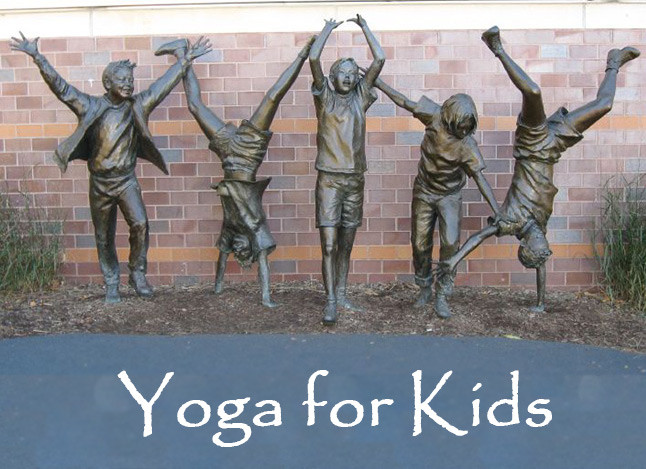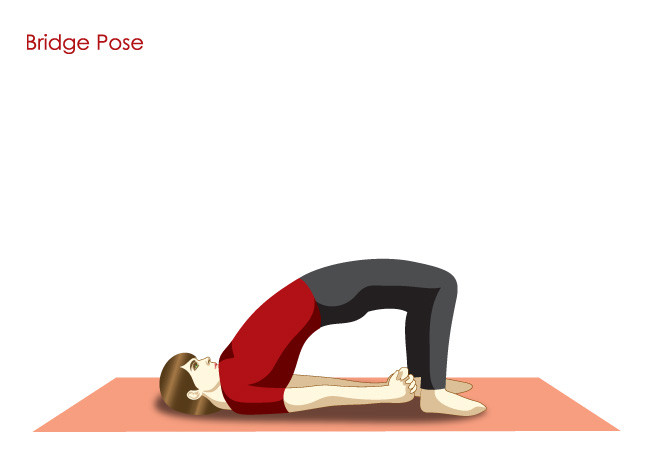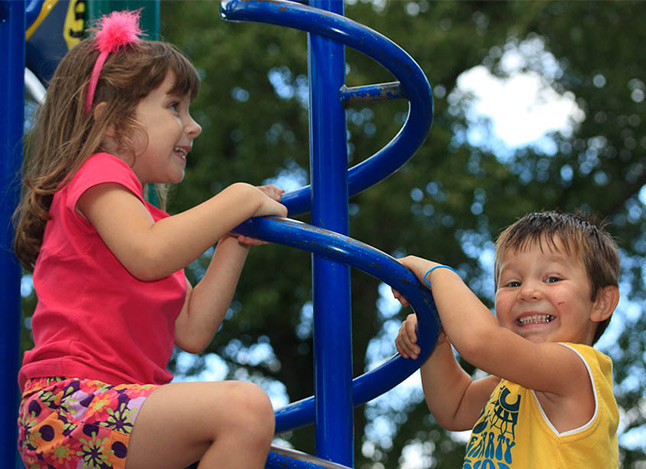
Teaching yoga to kids is a uniquely wonderful way to guiding them into a healthy lifestyle. From a young age, they should be taught how to calm the mind and become more emotionally stable. Kids go through a lot of physical exertion; yoga helps them calm down and yet builds their strength. They love learning through fun and not through routine patterns, so yoga poses need to be specifically portrayed for kids to enjoy them.

Yoga helps kids concentrate better on their studies; research has even showed it helps in improving grades. It can increase creativity, build stamina and confidence, reduce stress levels etc. In today’s time, kids are under pressure to perform well academically and in athletics, all while having a high general knowledge and balancing a social life. The benefits of yoga are such that kids can maintain these roles and yet be de-stressed. The following are some yoga poses that can be practiced:

Bridge Pose or Setu Bandha Sarvangasana
This pose stretches the chest, neck, and back; calms the mind; reduces stress and depression; improves digestion; and strengthens the legs.

Cat Pose or Marjariasana
Have kids meow in Cat pose to encourage breathing. This pose stretches torso and neck, gently massages the spine and internal organs.

Upward facing dog pose or Urdhva Mukha Svanasana
This pose strengthens the spine; opens and stretches the chest; relieves stress and fatigue; and relieves symptoms of asthma.

Corpse pose or Svanasana
Corpse pose is excellent for guided visualization. You can guide kids through their favorite place as it helps them relax. This calms the body and mind, helps relieve stress, headaches, fatigue, insomnia, and mild depression.

Yoga is not something that should be practiced mundanely, especially not by children. Parents and teachers have to put forth the benefits of yoga in a manner more susceptible to children, one that includes enjoyment and learning in a packet. There are many advantages of yoga, and practicing them from a young age will especially be useful in the long run.






